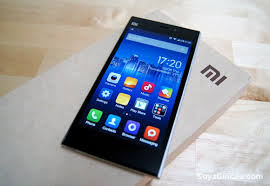Social Enterprise is firms that strive to provide a positive social change or provide solutions to a specific social issues. In other words, their goals are not to make profit, instead, to help people that are in need. For instance, the Arc Program is a program that Sauder students and alumni facilitate workshops or internships in Ethiopia,Rwanda, South Africa and Columbia. They will teach useful business skills and provide latest concepts to local entrepreneurs in order to help them with their business. Similarly, the United Nations(UN) also aims for helping firms and organizations that will lead to a positive social change. The difference between social enterprise and UN is the firms social enterprise helps are much smaller in terms of their scale. Then, why would we need the Arc or social enterprise if the UN is fully funded?
After all, UN is an international organization consisted by countries all over the world. Any decision UN makes needs certain number approvals and it takes a long time from the proposal is approved to it is implemented. In other words, UN is not very efficient in providing immediate help. On the other word, social enterprise can quickly implement decisions once they are made. Furthermore, there are individuals and firms that are in need all over the world. It is impossible for UN to help all of them. Since social enterprise is also across the world, it can provide on-time and effective help with local individuals or firms that need help because they are familiar with local environment.
The best strategy is letting UN and social enterprise corporate with each other. UN can provide an excellent platform to social enterprise to present their ideas not just to groups of individuals, but to a nation. Once the idea is accepted, social enterprise will have enough fund and government support to implement its idea. For UN, it can “outsourced” its social issues to local social enterprise so that they can tackle the issue more effectively.







